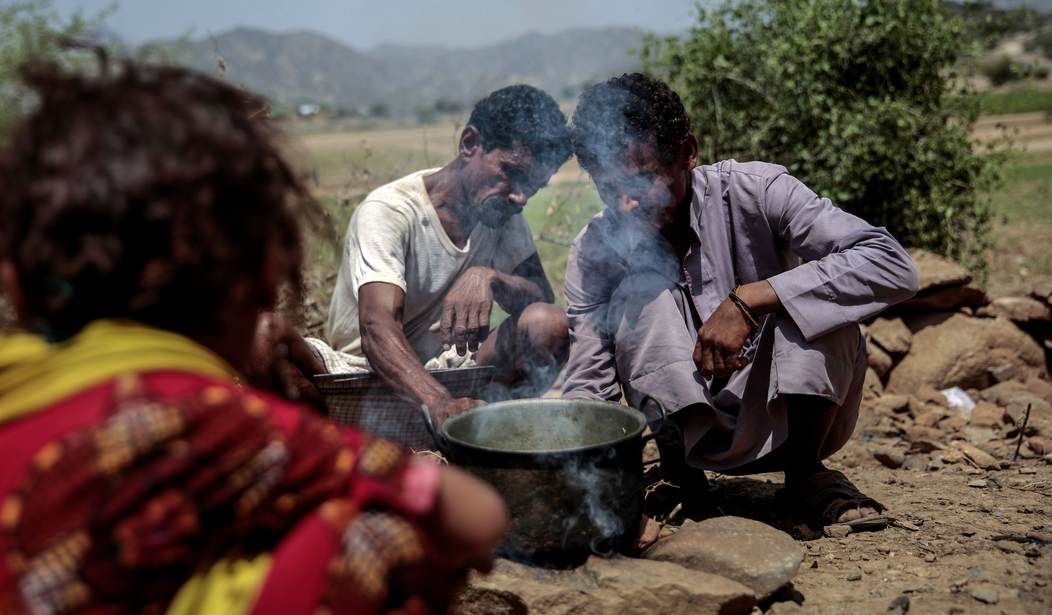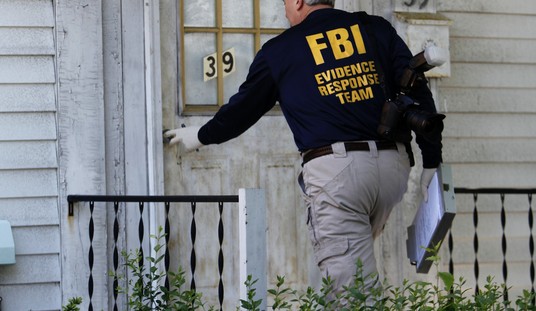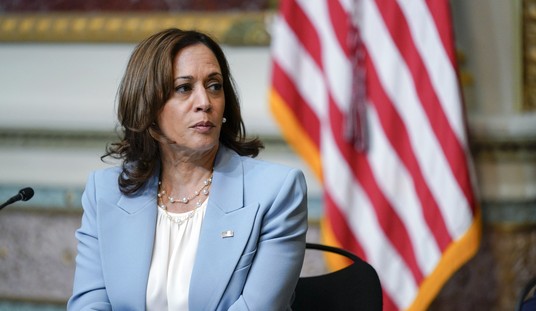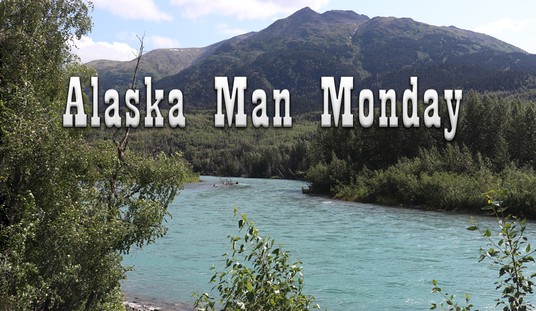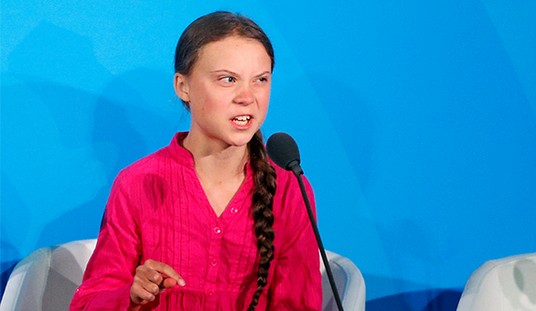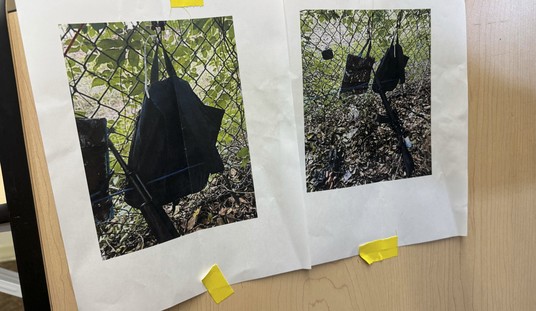Poverty has been a hot topic of public policy conversation for a long time — in fact, long before Lyndon Johnson announced his "war on poverty," which supposedly continues today and in which poverty appears to be holding its ground. In my own life, I've been poor and I've been, well, not rich but well-off, and I have to say I like well-off better. But like many people, I was poor when I was younger and got to be well-off as I aged and gained wisdom (my wife may question that part) and experience. When my oldest daughter was born, I was 20 years old, it was the year before I got serious and joined the Army, and I was, as one of my favorite British comedians once said, "as poor as a church mouse who has just had an enormous tax bill on the very day his wife ran off with another mouse, taking all the cheese."
I grew out of that, as most folks do. But never, even at my poorest, was I worried about eating. I always had a place to sleep, I always had enough to eat; that is, in large part, because I lived in the United States, where there are always opportunities if one just seeks them out.
Which brings us to the topic of poverty here in the United States. There are two kinds of poverty: Abject poverty and relative poverty. Here, in America, I would argue that we have the latter but little, if any, of the former.
Let's define terms. Abject poverty, as defined by a group called Worldvision and based on UN data, defines the international poverty line thusly:
A poverty line, also called a poverty threshold, is a set income level below which it becomes difficult, if not impossible, for people to afford essentials like food and shelter. Each country determines its poverty line by calculating the cost of meeting minimum needs. Households with incomes below this line are considered to be living in poverty.
The international poverty line serves as a standard for measuring extreme global poverty and was recently adjusted to $2.15 a day to reflect the rising cost of necessities and adjust for inflation. Since 1990, it has increased from $1 to $2.15, reflecting the rising cost of living.
Did you get that? This is a line denoting abject poverty. This is the line beneath which, as Worldvision points out, it is difficult, if not impossible, to obtain the necessities of life.
This is as opposed to poverty as we define it here in the United States:
For example, the poverty line in America is determined based on data from the U.S. Census Bureau and is updated using the Consumer Price Index to reflect recent price changes. As of 2024, the poverty line stands at $31,200 (annual income) for a family of four, and $15,060 for one person.
That's not a lot of money — but it's a big difference over $2.15 a day, which comes out to about $784 per year; that is, if one works 365 days per year.
Here's the problem: The standard calculation of “poverty” dismisses and ignores major sources of income for the “poor” in the U.S., those being taxpayer-funded transfer payments in one form or another. These calculations ignore food assistance, including not only the SNAP program but also things like free school breakfasts and lunches, along with all of the other various handouts that are available to those below the poverty line.
In fact, one can do better than expected by taking advantage of every program available. You can hardly read the comments section of any article on the subject of poverty without reading anecdotes of people on food stamps (at least, back when those were easily recognized) buying a cartload of expensive prime cuts of beef, then going outside and loading them into a new car. I’ve seen it myself: Almost thirty years ago, when food stamps were still the big USDA coupons, I took a cow elk into a butcher’s shop for processing and was in line for the cash register behind a woman who was buying a huge box of prime steaks – with food stamps.
I was sufficiently aggravated that I didn’t bother to see what kind of car she was driving.
See Related: Minimum Wage Hikes Result in Fewer Jobs
Shoplifters Cite Inflation, Economy As Excuses for Stealing
So, nobody is starving in the United States.
Here's another point: Poverty rates are, as I anecdotally noted above, heavily correlated to age.
In 2021 the poverty rate in the United States was highest among people under the age of 18, with a rate of 16.87 percent for male Americans and a rate of 17 percent for female Americans. The lowest poverty rate for both men and women was for those aged between 65 and 74.
This is not the problem it might seem; in fact, one could argue that it is, to some degree, inescapable. Younger people have historically had lower incomes on average; younger people always will have lower incomes on average. What poverty calculations frequently fail to accurately capture is that people move in and out of economic brackets and that people, as they grow older, generally move upwards. In these cases, poverty is not caused by discrimination or any other nefarious cause but rather as an inescapable consequence of starting up in adult life. Barring people born to wealth, this is something most people deal with.
Finally, only in Western civilization and only in recent years has the primary health concern among the poor been obesity.
Research suggests poverty has links to obesity, particularly in poorer states of high income countries such as the United States. Factors may include people being less able to afford nutritious foods and having less time to engage in exercise.
I'm not buying that "being less able to afford nutritious foods" corral litter. The cheapest foodstuffs one can buy are bulk foods: Rice, beans, ground turkey, and the cheaper cuts of chicken. One can eat a perfectly healthy diet at a low cost; the internet has millions of sites describing precisely how this can be done. The problem here, as far as diet is concerned, is the explosion of pre-packaged, prepared foods, which are not only loaded with sodium — not really good for one's health — but are also very calorie-dense and high in fats.
As stated: We have relative poverty here in the United States. We have little or no abject poverty. Everyone in the United States has access to food and shelter. Poor people in the United States are among the wealthiest, most pampered people in human history. Most of them have cellular phones, automobiles, and internet access. And the government programs that assist the poor here in America are legion. The primary focus of the various systems dealing with poverty should be attuned to this fact and should be focused on, as pols are fond of saying, a hand up, not a hand out; a safety net, not a hammock.
Anyone living in the United States has it made in the shade compared to pretty much anywhere else on the planet, even if you are “poor,” as such things are reckoned here today. We have the richest poor people in human history. Let's bear that in mind the next time politicians start bloviating about the need for even more government handouts.
Now, as it happens, I have some thoughts on how to restructure our welfare systems to better incentivize people to move out of poverty — but that's a topic for another day.

